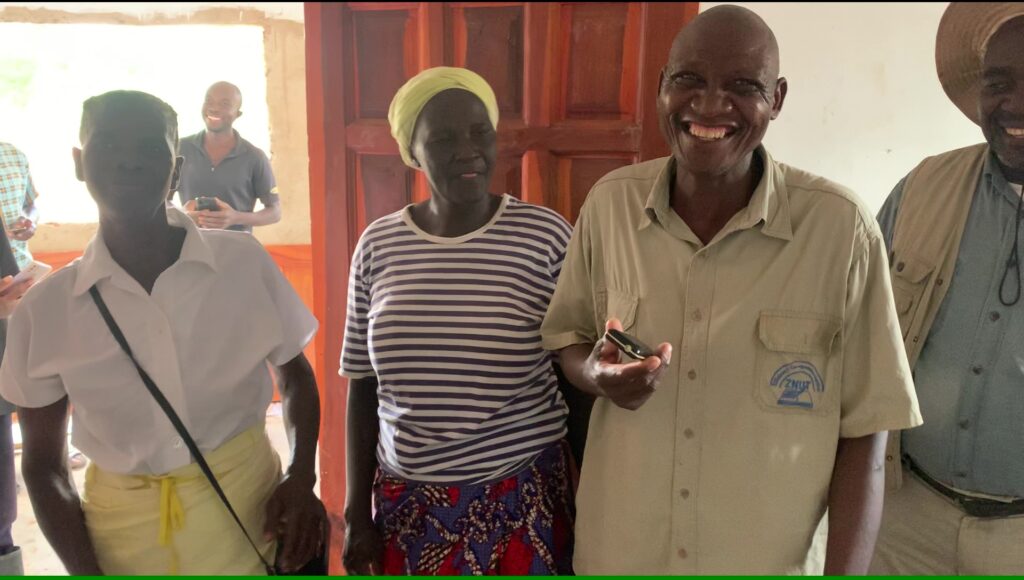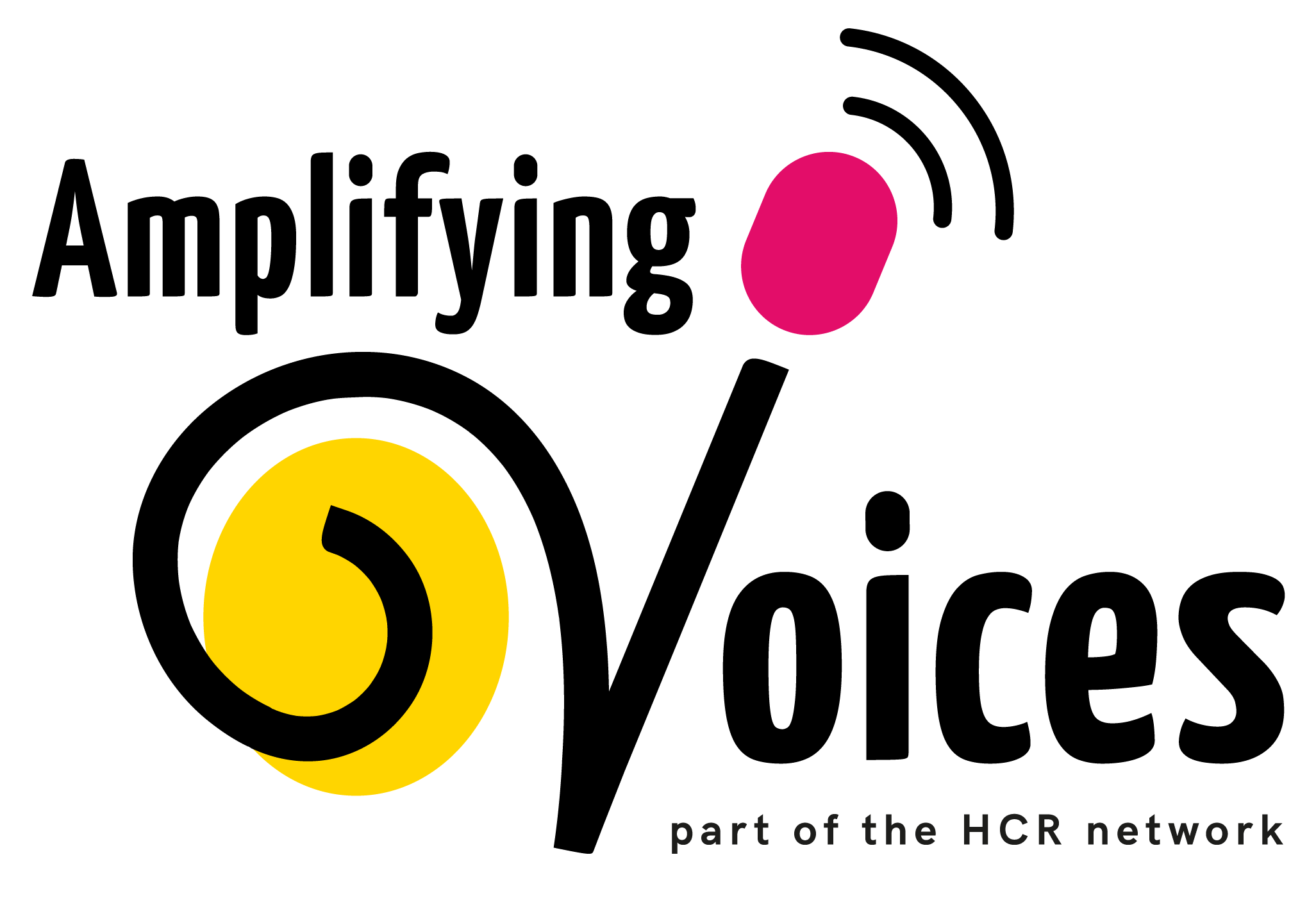
Going on air in a drought
We are pleased to announce that Simooya Community Radio is now on air on 94.3 FM.
The new radio station in Pemba district of Southern Province, Zambia, started airing test broadcasts on Monday 8th April. Johnny was happy to be present at the switch-on, along with Milden Choongo from our partner organisation, Chibozu Community Trust. In the week leading up to the switch-on, an enthusiastic team of volunteers took part in a media training workshop. They used community mapping exercises to build a picture of their communities’ various resources and challenges, and to develop ideas for how media could bring out their local strengths to tackle the challenges. New media skills included reading the news, making short educational announcements (CSAs), and preparing for interviews with local dignitaries.

Volunteers give feedback on their community mapping exercise. Simooya, 2024
There was a powercut when we went to practice working with the new radio studio. But this didn’t deter the team. One person took the role of presenter, another sat at the guest microphone.

Learning to use a studio during a powercut, Simooya, 2024
As the presenter moved the faders on the mixing console and interviewed the “guest”, a third person sang along to provide music for fading in and out between the speech segments.
It was a lot of fun, and when the power came back on, the lesson progressed quickly under the tutelage of Kelvin Muzelenga, the new station manager.
However, all this happened in the context of the worst drought Zambia has experienced in many years. The Zambian government has introduced scheduled power outages (loadshedding) to cope with a reduced electricity supply capability. The country is reliant on hydro-electric power, but the rains failed between November and March, leaving rivers and dams at very low levels. This means that government needs to ration electricity supplies until the rivers have been replenished by the next rainy season.
Underground water supplies have not yet run out, so there is still water for irrigation on large farms, and for communal water tanks supplying drinking water in villages like Simooya. However, the drought has ruined maize crops in rural communities where small-scale farmers don’t have irrigation equipment. Small scale farmers grow crops for their own food supply, so lots of households face a year of hunger if they can’t find money buy food instead.
One commercial farmer I visited, on learning that I had come to help get the radio station on air, said my time would be better spent digging boreholes to provide water as that is the real need. As you read this post, you may well feel the same way. It’s the sort of dilemma we are often confronted with.

Maize crops in Simooya, destroyed by the drought conditions. April 2024
The farmer went on to say how sad it is that so many farmers are selling their cattle and goats because there is a lack of good pastureland, and farmers need to sell to get money to buy maize for their families. The flood of livestock on the market has depressed prices, making this an inefficient way to raise money. The farmer also told me that the Tonga cattle, a breed native to this area, are very hardy, adapted to the harsh climate and resistant to local pests. When the drought is over, farmers will want to replenish their stock, but will have to buy in from other regions and the new herds will not be so resistant to local livestock challenges, causing further losses. She thought it would be good if local farmers could work cooperatively to protect their breeding stock.
I realised we were having exactly the kind of conversation that works so well on community-centred radio. An idea is born, and community members talk it over on the radio and in their homes. People are drawn together to work out the details or to adapt the idea and develop a workable solution which is also shared over the radio.
This also goes for conversations about boreholes, raising awareness that boreholes don’t have an infinite supply and could dry up during drought. Water should not be wasted, so radio can help build community consensus around prioritising water use.
We don’t yet know how the people of Simooya will respond to these challenges, but we have seen how innovative the volunteers are in their first attempts at creating content, and how much they want to see their communities flourish. Another commercial farmer from the district has already provided the station manager with sample radio programmes he is making with small scale farmers in the region, discussing ways to maximise productivity despite the drought. We are confident that Simooya and the surrounding village will use the new radio station as one of their primary tools to respond to the drought together, and to ensure as many people as possible can benefit from solutions they develop.
